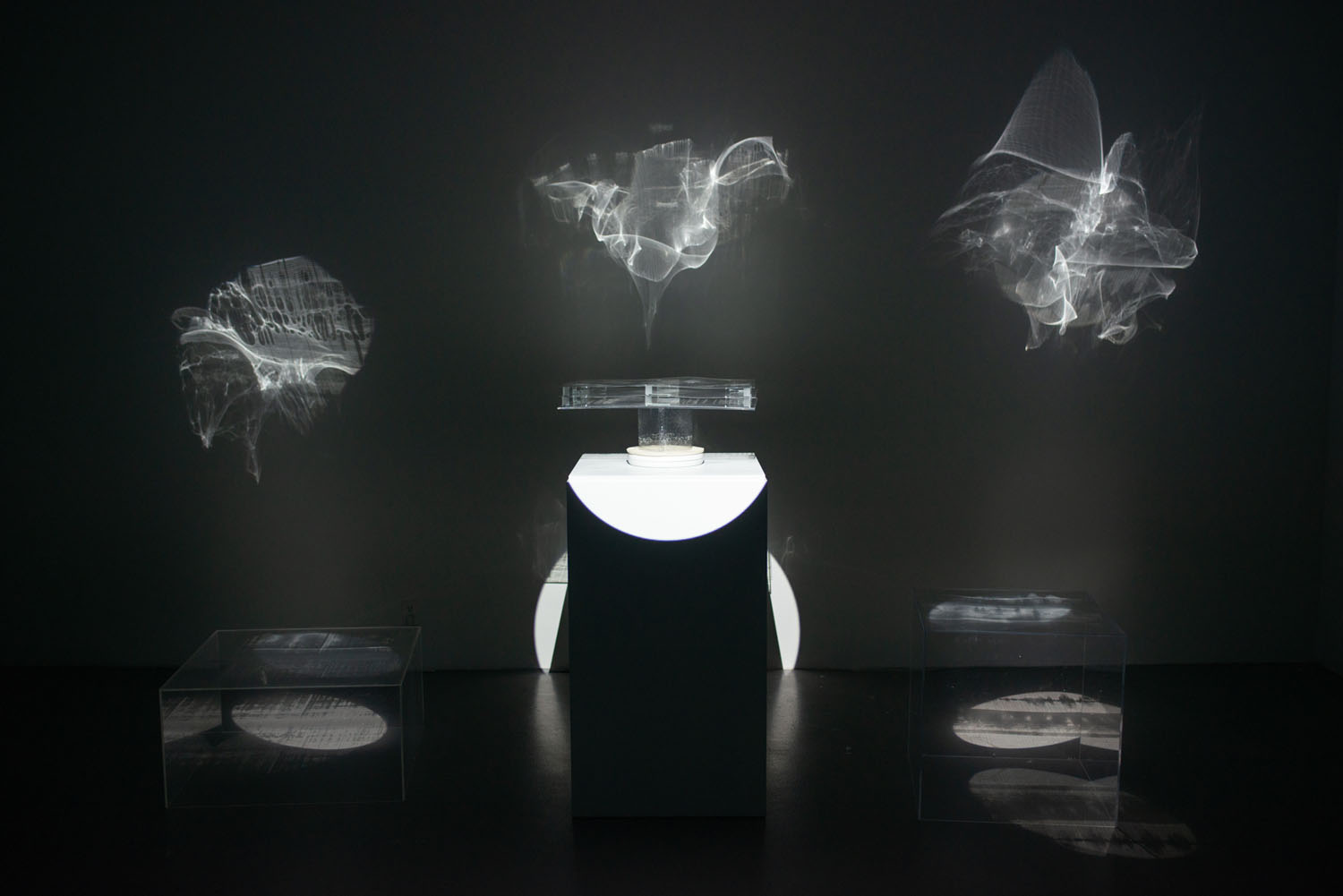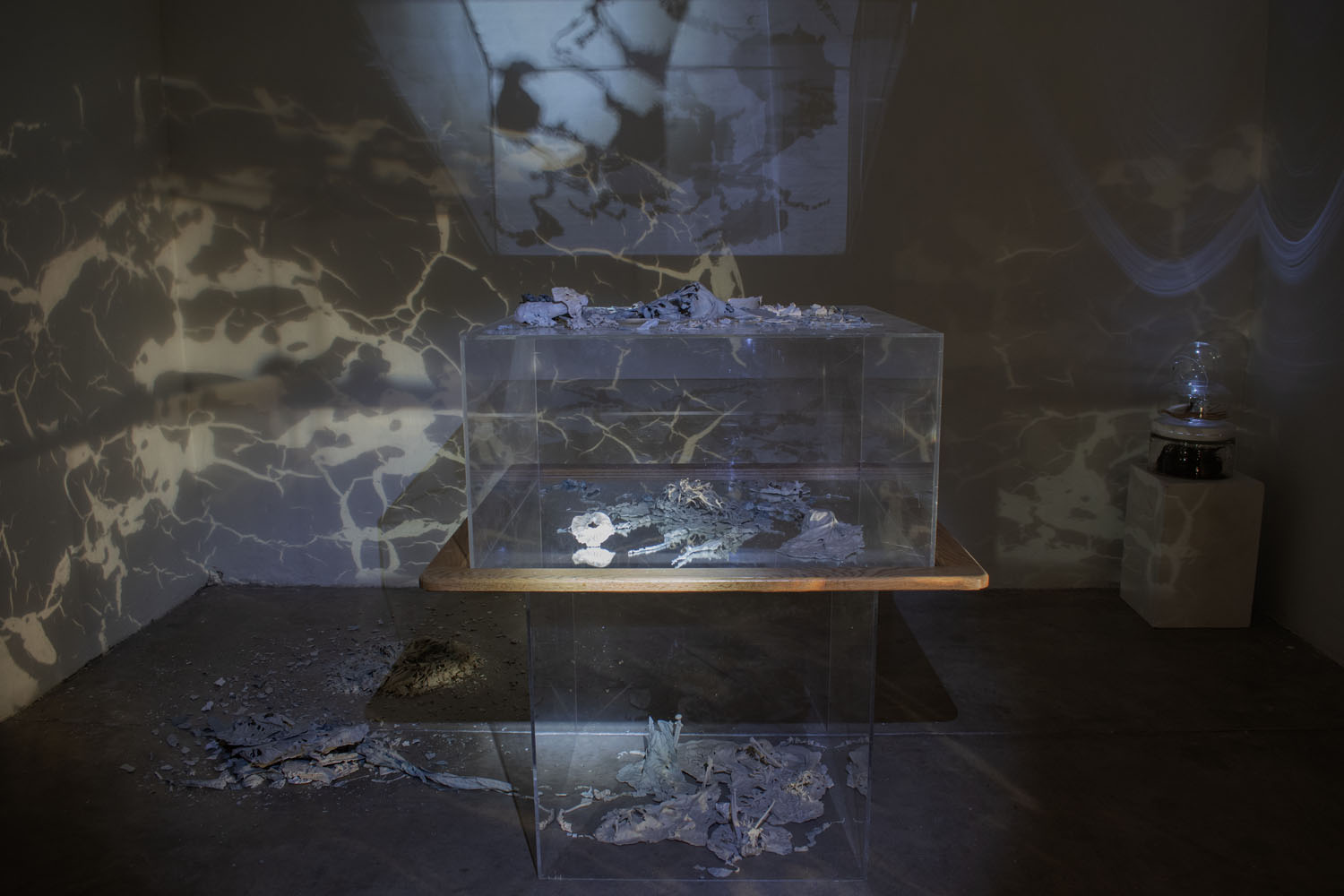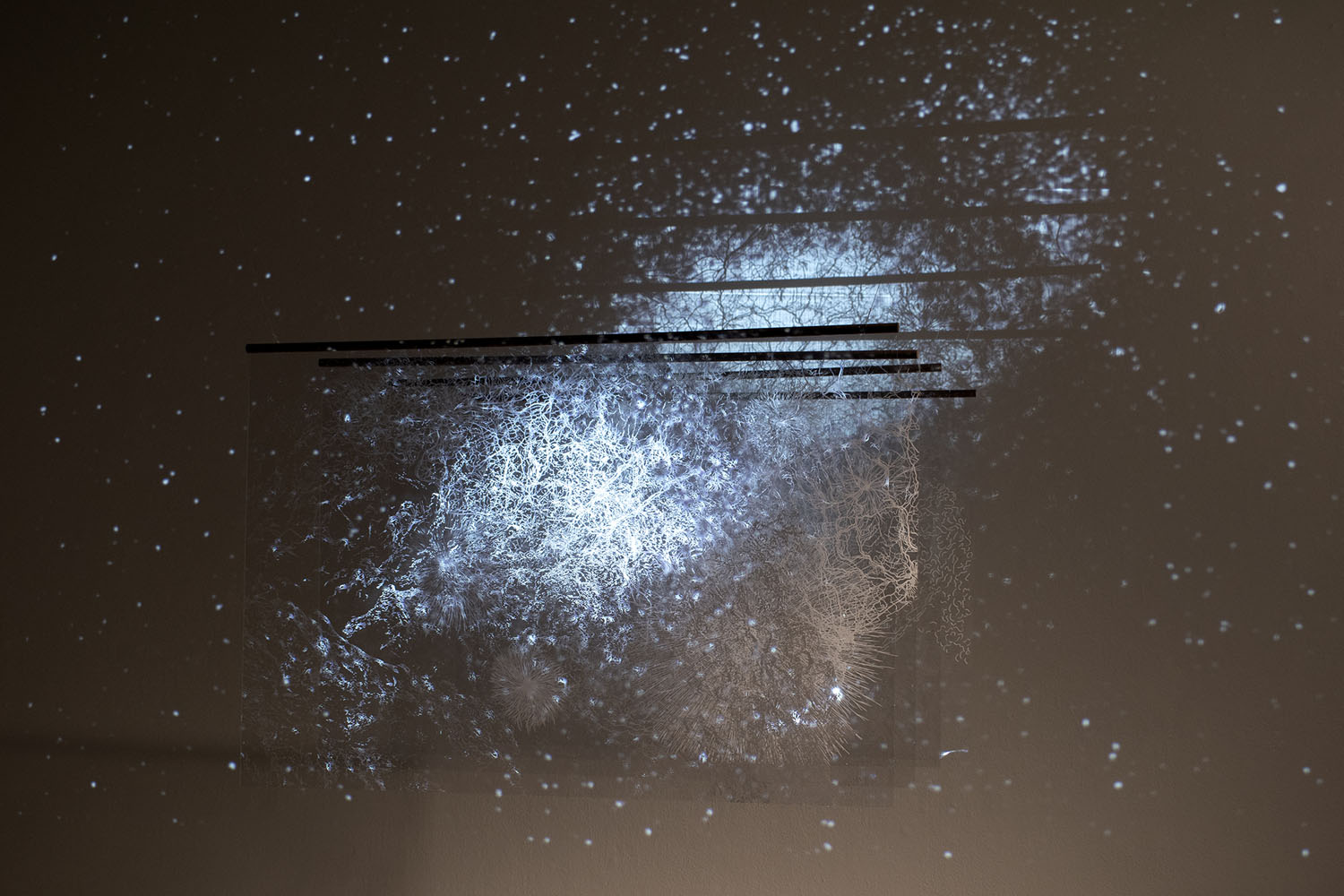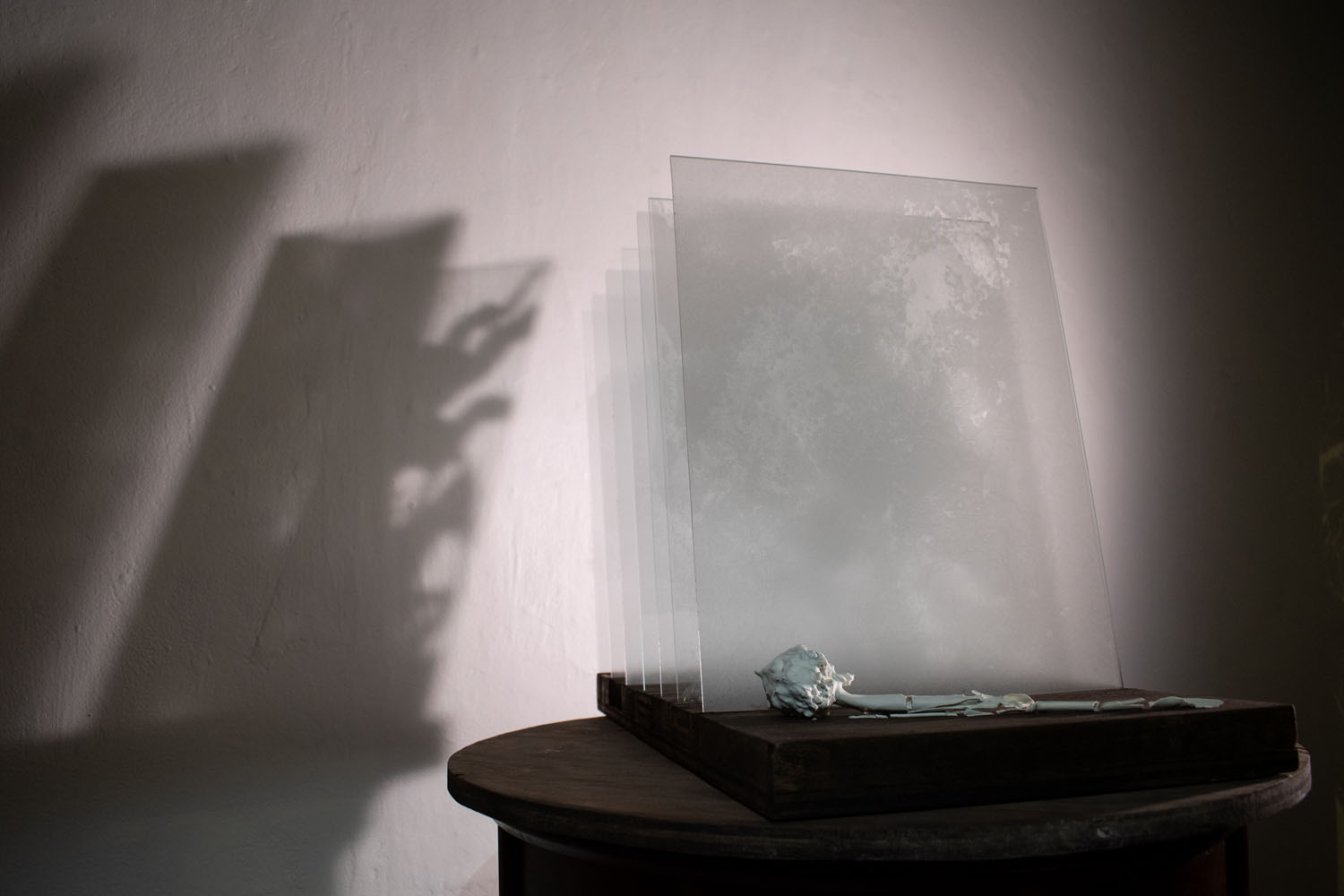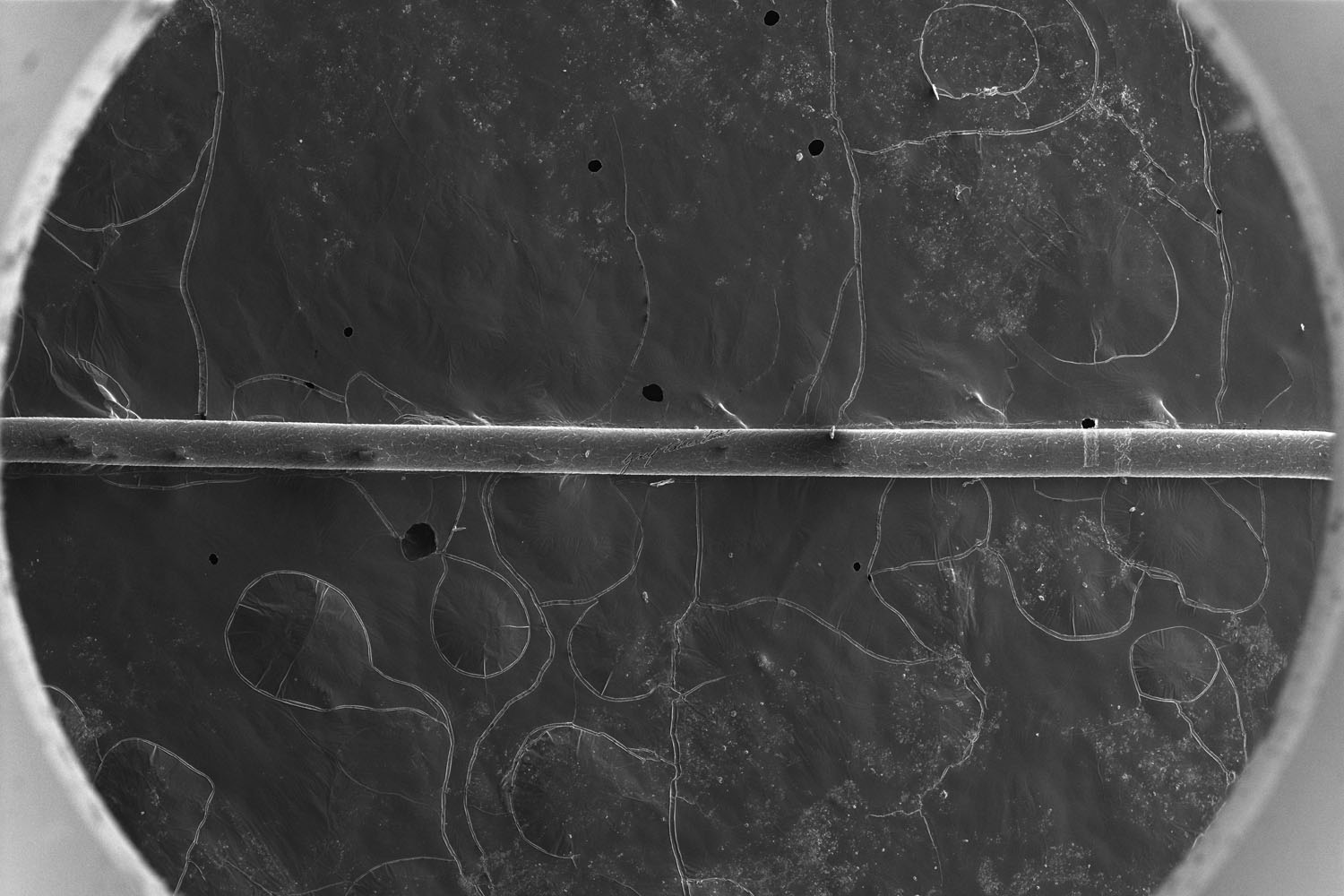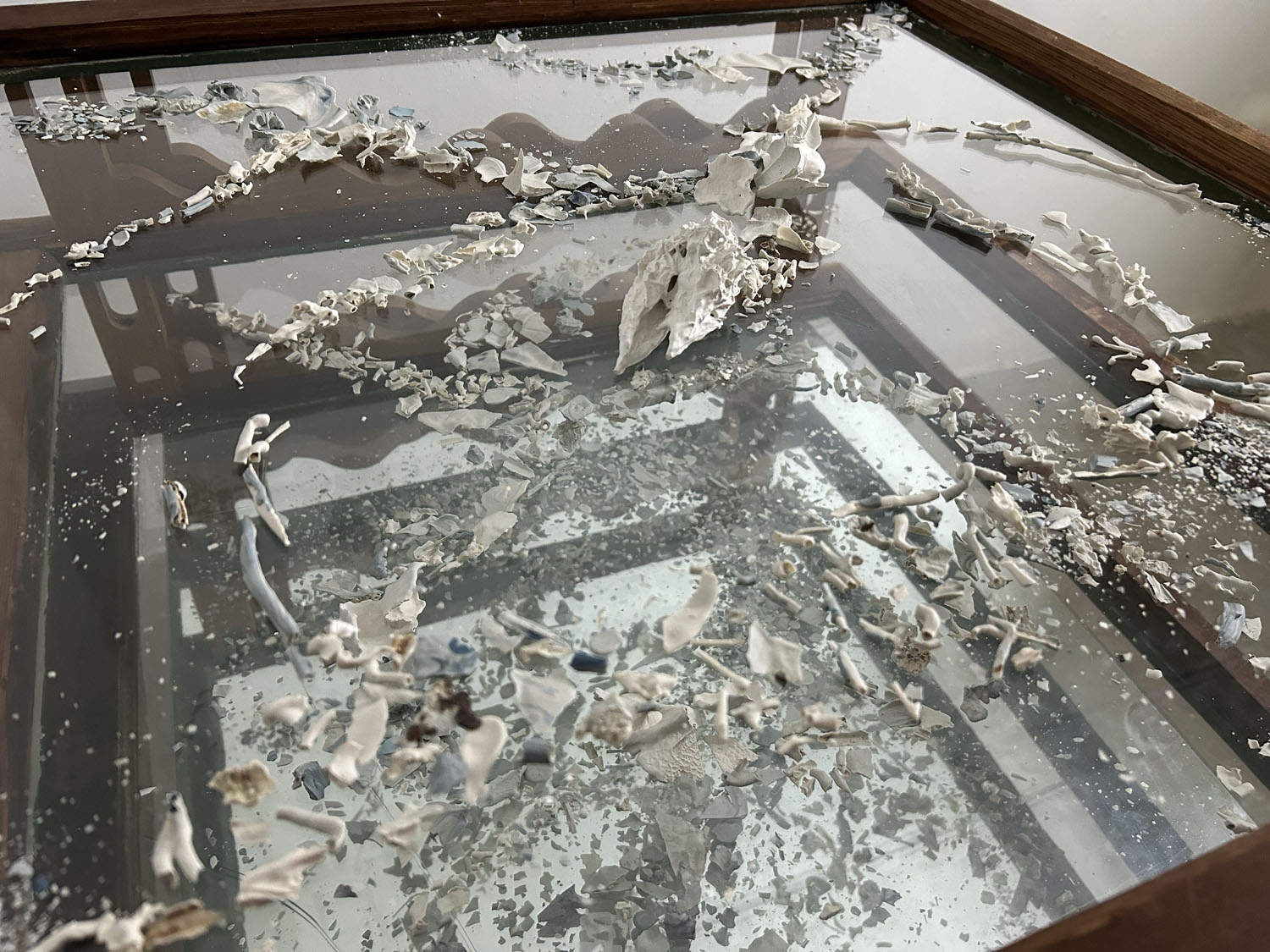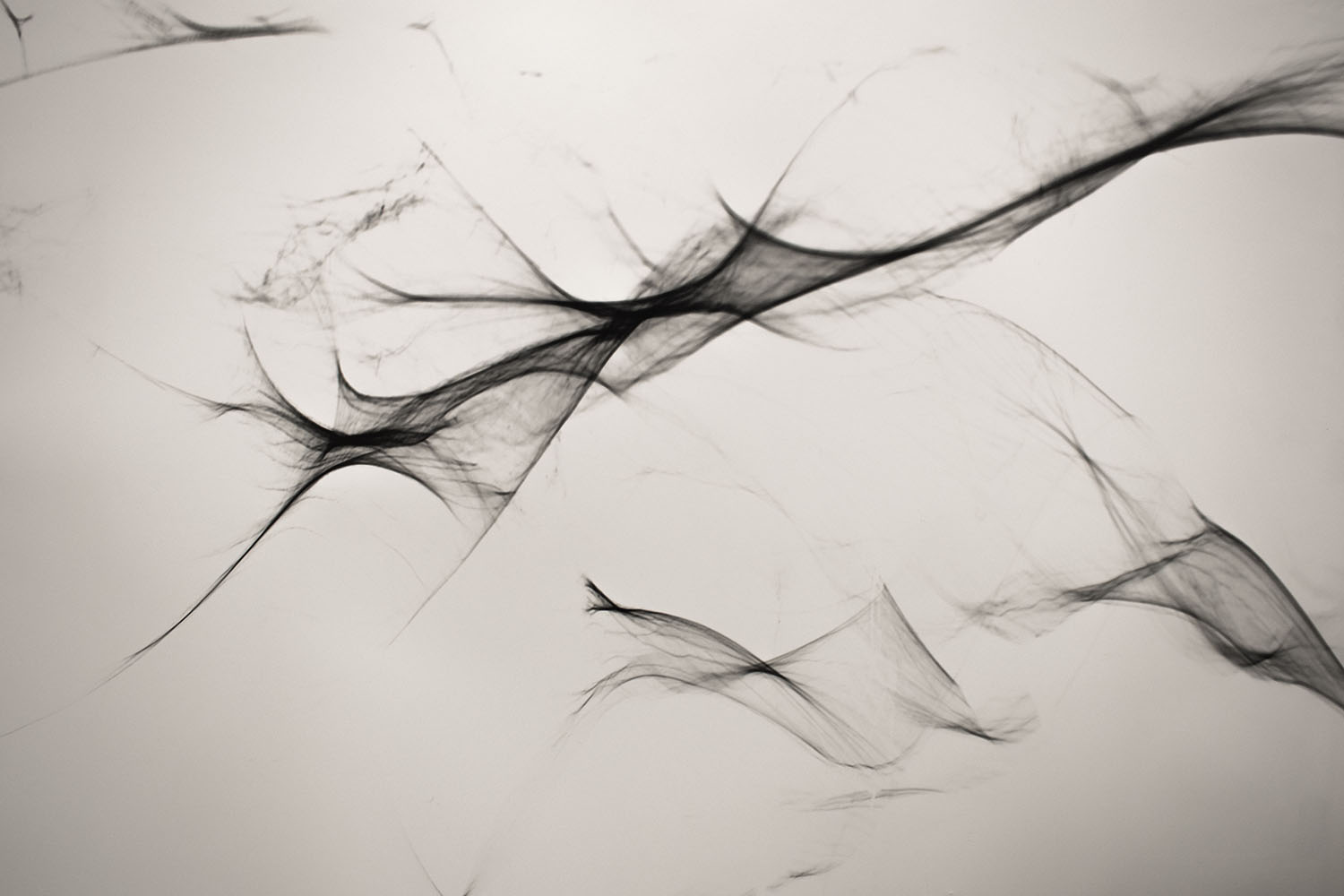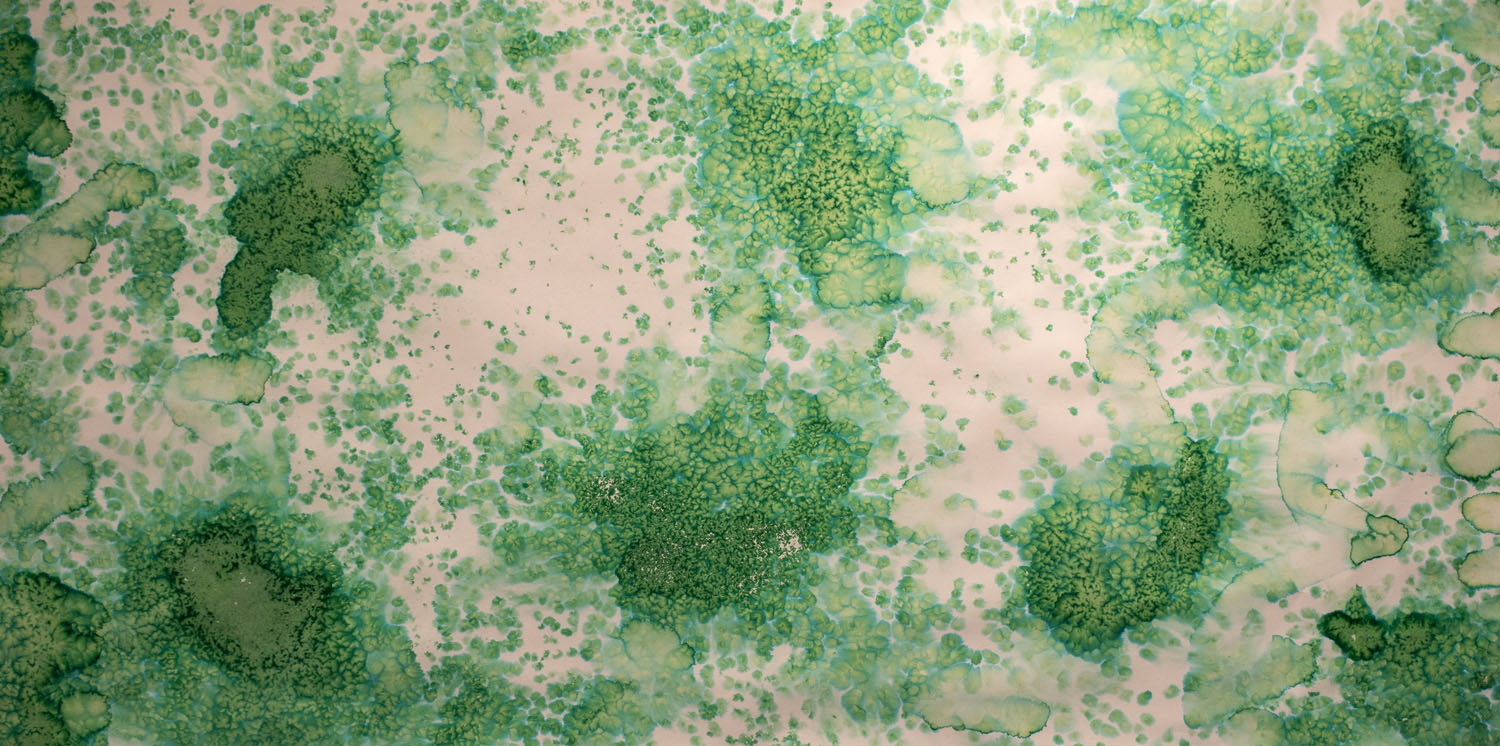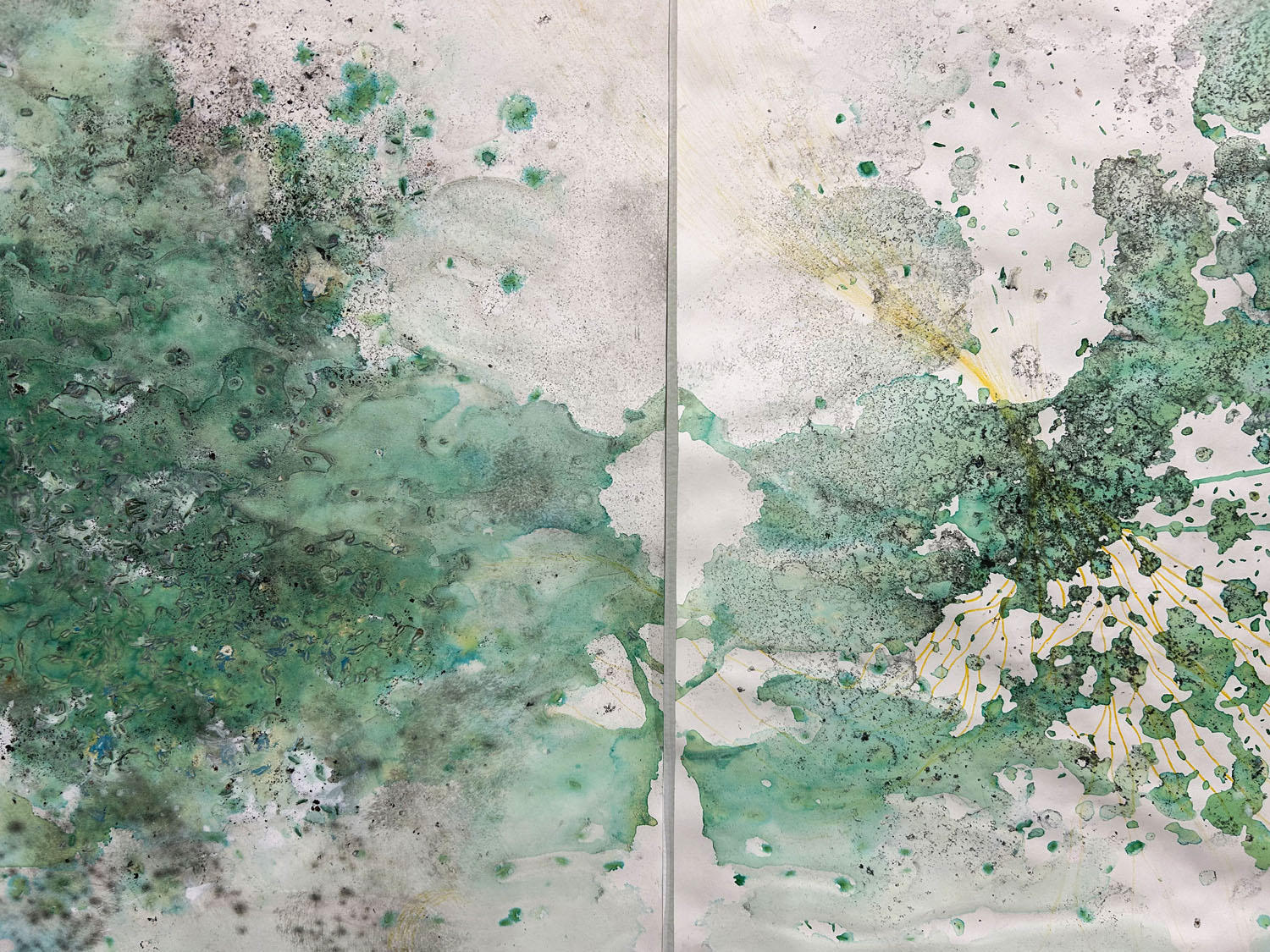Kate Montgomery (b.1986) is an interdisciplinary artist investigating death, grief, and the interdependence of the material world through installation, sound, and light. Her work engages microscopy and archival strategies to explore what remains of a life beyond the lifespan. Through an archaeological excavation of personal loss, Kate attempts to measure how far we can trace the redistribution of our biology beyond the burial environment and, in turn, better understand our place in the Cosmos.
Kate was raised in the South Wales Valleys where her early education was conducted entirelythrough the Welsh language. She later attained a Bachelor of Arts in Fine Art with honors fromthe University of Wales. In 2019, Kate completed a Curatorial Internship in Painting and Sculpture at the San Francisco Museum of Modern Art (SFMOMA), where she worked on Diego Rivera’s America, a major exhibition of Rivera’s work from the 1920s to the mid-1940s, with a specific focus on the monumental Pan American Unity mural.
My work emerges from a liminal space that bridges death and the living world. It is an archival endeavor rooted in ontological inquiry that seeks to preserve, comprehend, and reorganize traces of existence, from the minuscule to the macrocosmic. The material realm of my practice explores various forms of drawing, often through the careful reconstruction of fragmented natural materials encased in thin layers of ceramic slip. The original objects are cremated, leaving only traces and dust behind. I arrange these delicate remains into dimensional drawings in undulating layers, through which I explore a visual language inspired by the fluidity of matter in the material Cosmos. I draw with the bone-like fragments and impressions, forming complex fossils, each shard gravitationally bound to the next, suspended in the slow process of accretion. The immaterial realm of my practice centers experimentation with microscopes, light, refraction, poetry, sound, and traditional Celtic song to create archives of existence that transform empty spaces into microcosms of remembrance and lament.
Death indeed destroys things,
but does not annihilate atoms;
For it but severs their union,
and joins them anew with each other.
Beyond death, your body will slowly erode back to dust, taking a million splintered journeys into unknown futures. So it goes... How do we talk about what has already disappeared? I trace the lines around what I remember of you with my fingers, knowing how quickly the wind will blow it all away. I try to hold on to what is left and amplify it out into the Cosmos. We are both here somewhere, we are on a continuum. I run my fingers over the ridges of your voice, etched precisely into a shimmering surface. You are here, rendered permanent on a new tablet of hieroglyphs that pulls you out of the cosmic fugue and into a continuous present.
Here, you can still teach me things. We are reaching back towards each other across time.
Rough surfaces undulate against my hands, resembling shell and stone, Cretaceous. I feel the hardened clay split in two, once sandwiching a thin relic that has now disappeared in fire. I find ways to enter the space between, this void - a delicate slice of nothingness, paper thin and barely perceivable. Like a curious animal, I am compelled to pull it apart, to see what imprints were left behind, to study what remains. Each piece is a brittle clamshell that I must destroy, little by little, to encourage the work to emerge, to grant it visibility. The clay bends and cracks, it fragments, revealing a material archive of the effects of time, pressure, heat, intention, hope. It harbors traces and processes; it holds my ideas so tightly I have to pry it open to find them again. Sometimes I surprise myself.
